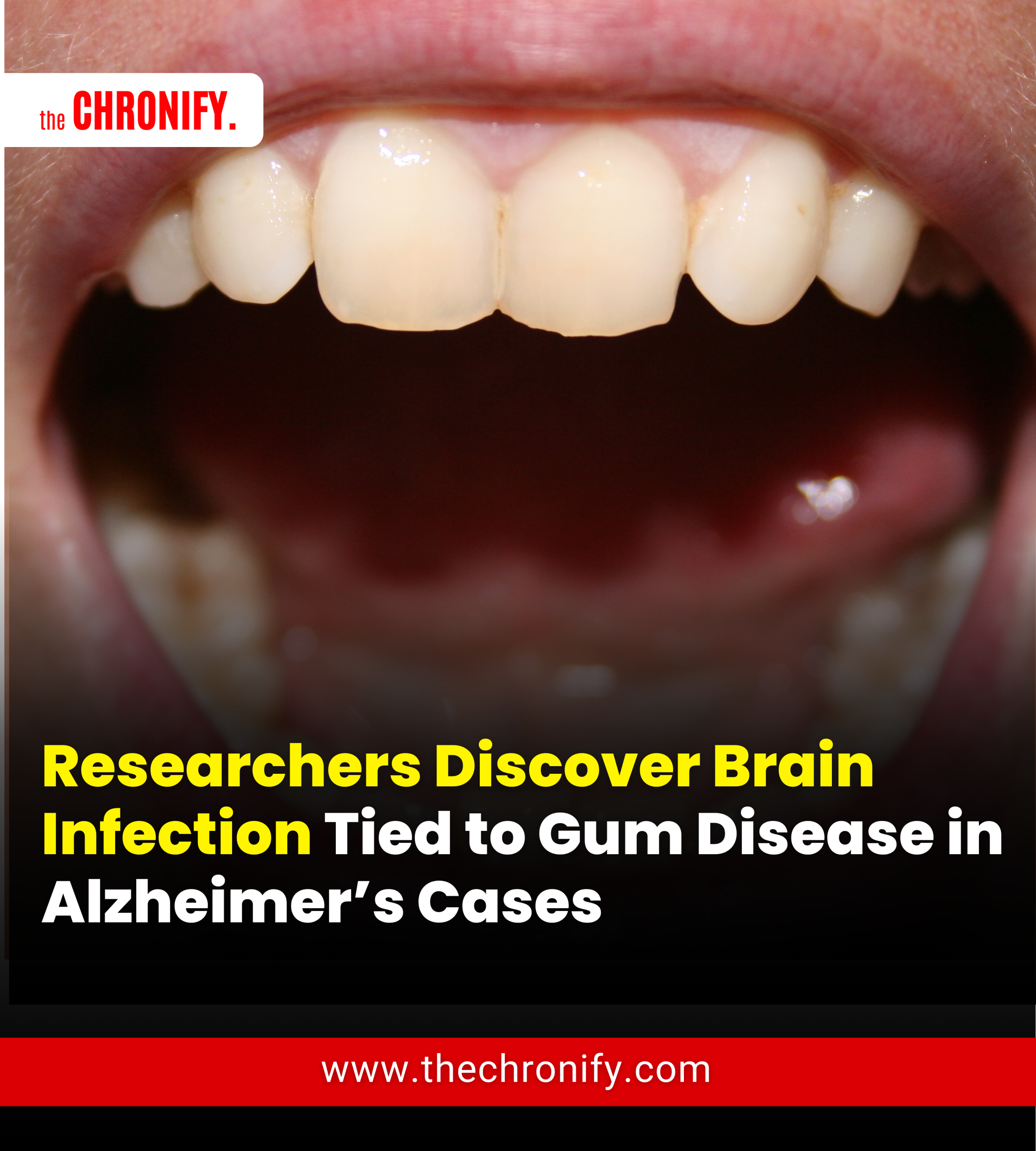New Research Suggests Link Between Gum Disease Bacteria and Alzheimer’s
Recent scientific findings are lending growing credibility to a striking theory: Alzheimer’s disease may be more than a neurodegenerative condition—it might actually be triggered by an infection.
One of the most talked-about studies fueling this theory was published in 2019 and pointed to an unexpected suspect: the bacteria that causes gum disease.
Led by microbiologist Jan Potempa from the University of Louisville, researchers identified Porphyromonas gingivalis—the same bacterium responsible for chronic periodontitis—within the brain tissue of individuals who had died with Alzheimer’s. While the connection between oral health and Alzheimer’s had been observed before, this study went a step further.
In lab experiments, the team found that infecting mice orally with P. gingivalis allowed the bacteria to reach the brain. Once there, it triggered the production of amyloid beta, the protein that forms the characteristic plaques found in Alzheimer’s patients.
Although the researchers, working with biotech startup Cortexyme, stopped short of claiming the bacteria causes Alzheimer’s, their data strongly supported a significant relationship.
“For the first time, we have solid evidence linking this bacterial pathogen with mechanisms of Alzheimer’s,” said study co-author Stephen Dominy.
One of the key discoveries was the presence of “gingipains”—toxic enzymes secreted by the bacteria—not just in Alzheimer’s patients, but also in individuals who had not been diagnosed with dementia. That detail is particularly important because it suggests infection may precede visible symptoms and brain deterioration.
This raises a critical question: Could gum disease be an early driver of Alzheimer’s, rather than a side effect of declining cognitive function?
The researchers believe this is a distinct possibility. “We’re seeing bacterial markers in people who never developed dementia, which may indicate the disease could have emerged if they’d lived longer,” the authors noted.
In further tests, Cortexyme developed a compound called COR388 (also known as atuzaginstat), which was shown in mice to reduce bacterial infection in the brain, lower amyloid beta levels, and reduce inflammation—all promising signs in the ongoing quest for effective Alzheimer’s treatments.
Though these results are early-stage, the research has sparked cautious optimism within the scientific community.
“There have been no breakthrough drugs for Alzheimer’s in over 15 years,” said David Reynolds, Chief Scientific Officer of Alzheimer’s Research UK. “We must explore every viable path—and this could be one of them.”
As scientists continue investigating the potential infectious origins of Alzheimer’s, one takeaway is clear: oral health might play a more important role in brain health than we ever imagined.

